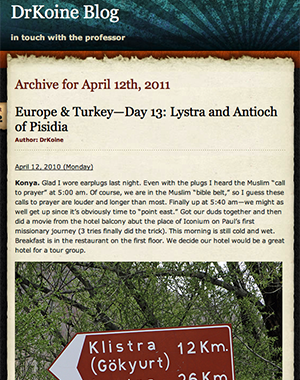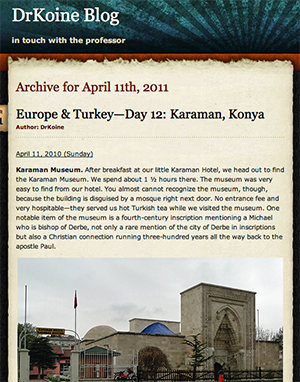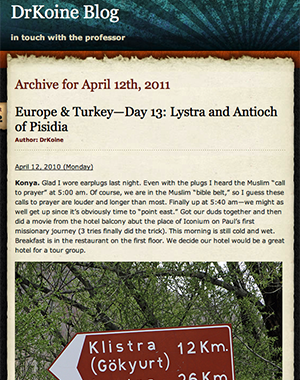Videos—Paul: 1MJ (South Galatia)
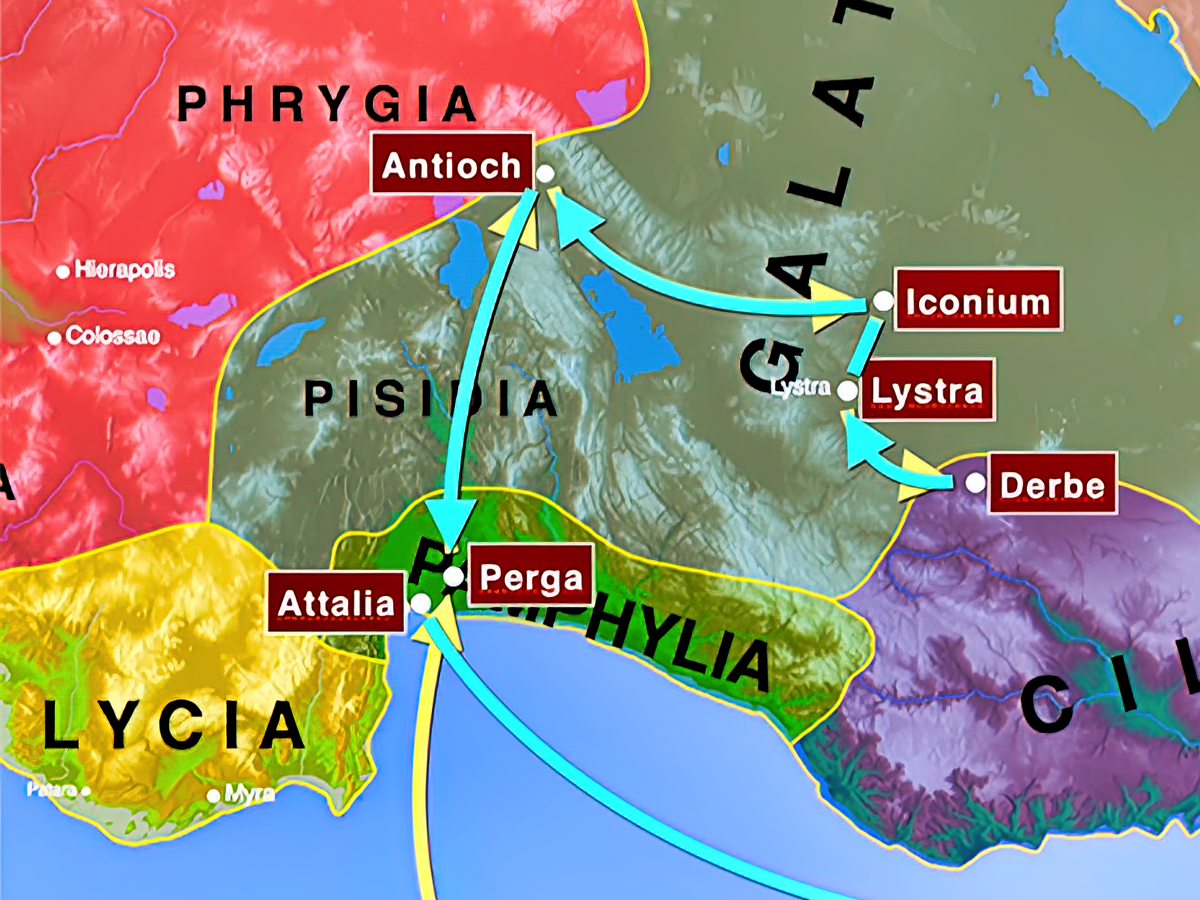
-
South Galatia—Antioch of Pisidia
-
AntiochP: Blog
Our time in this region is split across two days. Click the image to read our journal about our visit to the ancient ruins of Antioch of Pisidia, with pictures and a movie, or click here. For our visit the next morning to the Yalvaç Museum in the nearby modern city of Yalvaç, with pictures and a movie, click here.
-
AntiochP: Mountains
Aqueducts were great feats of Roman engineering using the arch and keystone architectural principle. Antioch of Pisidia is located in the Pisidian highlands surrounded by snow-capped mountains. This snow melt was the source of the mountain streams flowing down to the lowlands and for the Roman aqueducts. The remains of the aqueduct that supplied mountain snow melt to ancient Antioch of Pisidia still survive, but off the beaten track away from the city ruins.

-
AntiochP: Theater Complex
The theater at Antioch of Pisidia is not in a good state of preservation but is situated almost in the heart of the city. This structure was the hub of ancient Antioch’s cultural life. To the north of the theater lie the remains of the Christian basilica. The New Testament scholar, William Ramsey, widely traveled throughout Asia Minor retracing the steps of Paul, made observations that led him to believe this basilica was built immediately over the location of the ancient Jewish synagogue of Antioch. The basilica is directly opposite the entrance to the temple of Augustus complex.
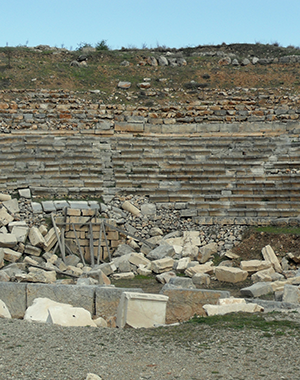
-
AntiochP: Augustus Temple
The temple of Augustus covered many acres, including a magnificent prophylon approaching the complex and claimed the highest spot overlooking the city of Antioch of Pisidia. The backside of the temple was carved straight into the bedrock wall. Emperor worship was as strong or stronger in Asia Minor than in any province of Rome.
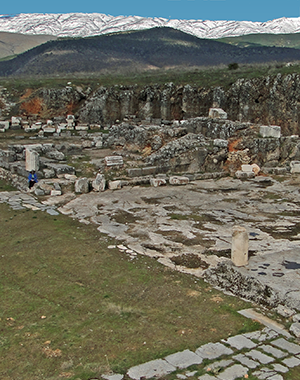
-
AntiochP: Paul's 1MJ
Paul preached in the synagogue at Antioch of Pisidia. Luke uses this sermon as one of thee example sermons of the preaching of the apostle Paul. He gives an example sermon on each missionary journey. Luke uses these three sample sermons to illustrate how Paul adapted his preaching to the specific audience. The content of the message changes radically, depending on whether the audience is Jewish (1MJ), pagan (2MJ), or Christian (3MJ). Here at Antioch of Pisidia, Luke demonstrates the content of Paul’s message when preaching to a Jewish audience. Notice the emphasis on the story of Israel and on the Jewish Scriptures.
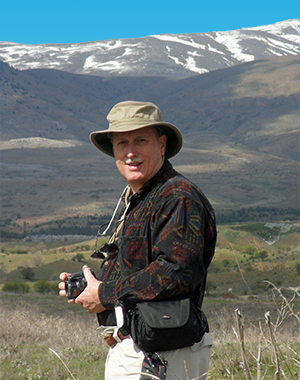
-
AntiochP: Yalvaç Museum
The archeological museum tells the history of ancient Anatolia and is in the modern city of Yalvaç, which lies literally adjacent to the ancient site of Antioch of Pisidia. The museum houses two famous inscriptions. One is the Paulus inscription, evidencing the political activity in Asia Minor of the well-connected Paulus family. Another inscription is the Res Gestae Divi Augusti, the last testament of the emperor Augustus.
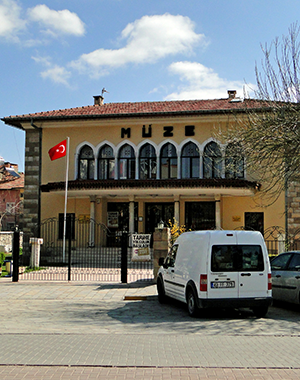
-
AntiochP: Paulus Inscription
The Paulus inscription on display in the Yalvaç Archeological Museum evidences the political activity in Asia Minor of the well-connected Paulus family. Paul encountered a member of this elite Roman family in Sergius Paulus, the proconsul of Cyprus. According to the account in Acts, the proconsul became a believer after the temporary blinding by Saul of his court magician, Elymas.
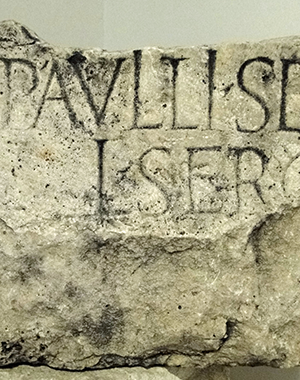
-
AntiochP: Res Gestae Divi Augusti
The Res Gestae Divi Augusti on display in the Yalvaç Archeological Museum is the last will and testament of Augustus in which he bragged of his accomplishments toward the end of his reign, which he had inscribed in stone and placed across the empire. The testament basically chronicles the establishment of the foundations of the Roman empire. The principles and values espoused in this testament, such as the pax Romana, became the propaganda the Roman empire promoted for centuries.
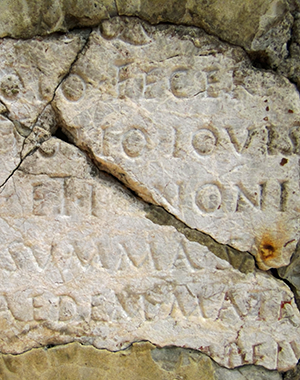
-
AntiochP: Unusual Dog Statue
The Yalvaç Archeological Museum has on display a most unusual second to third century A.D. Roman statuette of a dog. This (commemorative?) statuette is unusual because dogs normally were not considered pets in the ancient world, which is so unlike our modern world with its competition dog shows that draw adoring fans in the tens of thousands. In great contrast, ancient societies perceived dogs to be semi-wild animals. In large metropolitan areas, dogs often prowled the streets in packs. They potentially could be dangerous.
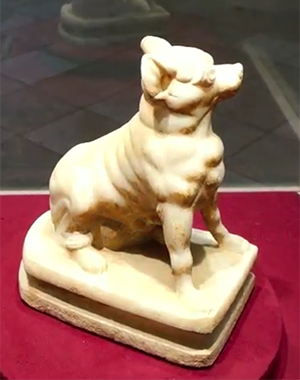 Dogs were used as deterrents to uninvited guests by being chained to stakes at the threshold of aristocratic homes. They also indirectly functioned as “doorbells” by their incessant barking when someone approached. This image is a mosaic depicting a dog used this way in the aristocratic home of the Tragic Poet in the ancient Roman town of Pompeii. At the bottom of the mosaic are the words of warning, Cave Canem, “Beware the Dog!”
Dogs were used as deterrents to uninvited guests by being chained to stakes at the threshold of aristocratic homes. They also indirectly functioned as “doorbells” by their incessant barking when someone approached. This image is a mosaic depicting a dog used this way in the aristocratic home of the Tragic Poet in the ancient Roman town of Pompeii. At the bottom of the mosaic are the words of warning, Cave Canem, “Beware the Dog!”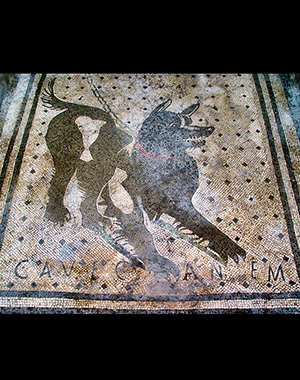
-
AntiochP: Blog
-
South Galatia—Iconium
- Iconium: Blog
-
Iconium: Paul's 1MJ
The pattern of synagogue rejection on the first missionary journey established at the first stop at Salamis on the island of Cyprus now has become clear. Paul first tries to preach in the in synagogues if one is available. He inevitably stirs up opposition and is forced out of the synagogue and sometimes out of the city. God-fearing Gentiles attending synagogue services, however, are responding in significant numbers. In the standard pattern Luke develops in Acts, Paul is forced out of the Antioch of Pisidia synagogue by Jewish leaders there. These leaders then shadow him down to Iconium when they find out he has traveled there. Jewish leaders from Antioch again provoke opposition at Iconium as well.
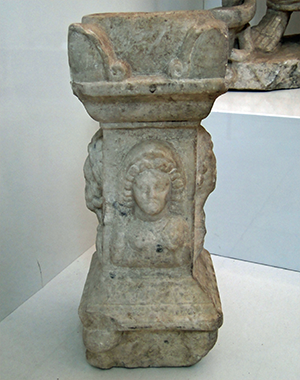
-
Iconium: Archeological Museum
Konya is the modern city that sits on top of the ruins of the ancient city of Iconium. The Konya Archeological Museum has some outstanding artifacts. The courtyard is larger than most, and displays include important inscriptions, an ancient olive press, and other artifacts. The museum itself has an outstanding display of beautifully-executed Roman sarcophagi, bested only by the world-renowned museum in Antalya down on the coast. The delicate ruins of an infant burial, including jewelry, also is quite distinctive.
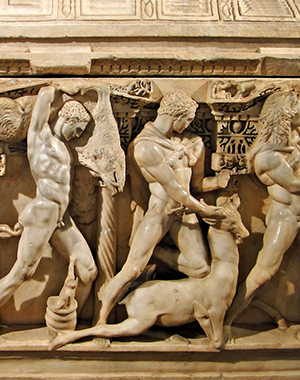
-
Iconium: Important Inscriptions
The courtyard of the museum at Konya displays three important Roman inscriptions that document the existence of the ancient Roman cities of Iconium, Lystra, and Derbe. The Derbe inscription found in Derbe dates to AD 157, showing that this city existed at least a century after Paul had visited on the First Missionary Journey. Both the Lystra and Iconium inscriptions date to the second century AD.
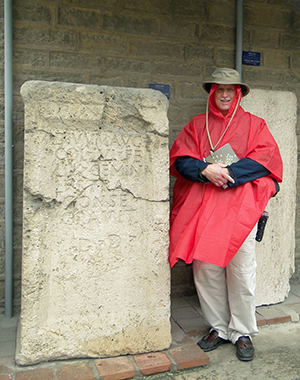
-
South Galatia—Lystra
- Lystra: Blog
-
Lystra: Ancient Tel
The tel of ancient Lystra rises up out of the valley plain, but never has been excavated. Tour buses never go there as a result, because nothing is to be seen, but the intrepid professor wants to stand where Paul stood and ponder the story. Why Paul went to Lystra is unclear, because the city was not on the main Roman road in the region. Paul clearly had departed from the beaten track. Was he trying to get away from agitators dogging him from Antioch who already had forced him out of Iconium? Did he have a personal acquaintance in Lystra he wanted to see? We simply do not know. In any case, Paul’s experiences at Lystra on the first missionary journey were quite dramatic, including being called a god and then enduring a brutal stoning.
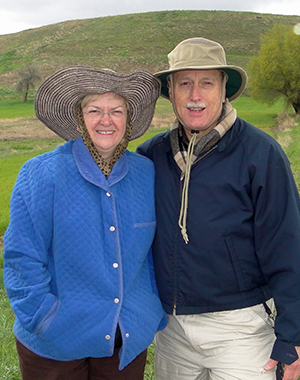
-
South Galatia—Derbe
-
Derbe: Blog
Read our journal about our visit to the tel of Derbe in the late afternoon, as well as our visit the next morning to the archeological museum in the modern city of Karaman nearby, about fifteen miles away. The blog includes pictures and a movie at the end of the blog. For Derbe click image to open another browser window to read blog, or click here. For the Karaman Museum the next morning, click here.
-
Derbe: Paul's 1MJ
The location of ancient Derbe used to be contended, but now the mound known as Kerti Höyük is the most likely spot. This mound is only fifteen miles from modern Karaman and close to the little village of Ekinözü. Two inscriptions mentioning Derbe recently found confirm this location. One inscription was found by Michael Ballance in 1956 on the side of the Kerti Höyük mound. Another is a fourth to fifth century inscription mentioning “Michael, bishop of Derbe” that was found about two and a half miles from Kerti Höyük.
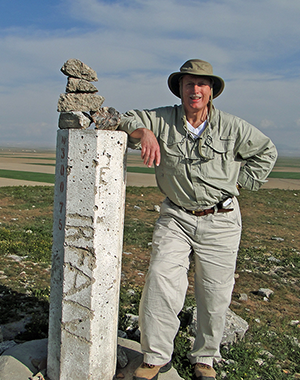
-
Derbe: Karaman Archeological Museum
The Karaman Archeological Museum is located in downtown Karaman, a modern city about fifteen miles from the mound of Derbe. The museum has a beautiful courtyard that winds all the way around the museum building. Out in the courtyard is one of the museum's most outstanding artifacts, the “Michael Inscription,” which documents a bishop of Derbe in the fourth to fifth century A.D., which indicates Christianity survived in this city for centuries after the apostle Paul’s visit.
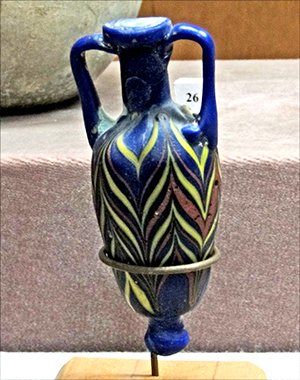
-
Derbe: Blog
Videos > Videos-1MJ Videos-2MJ Videos-3MJ Videos-4JR Videos-Rev
